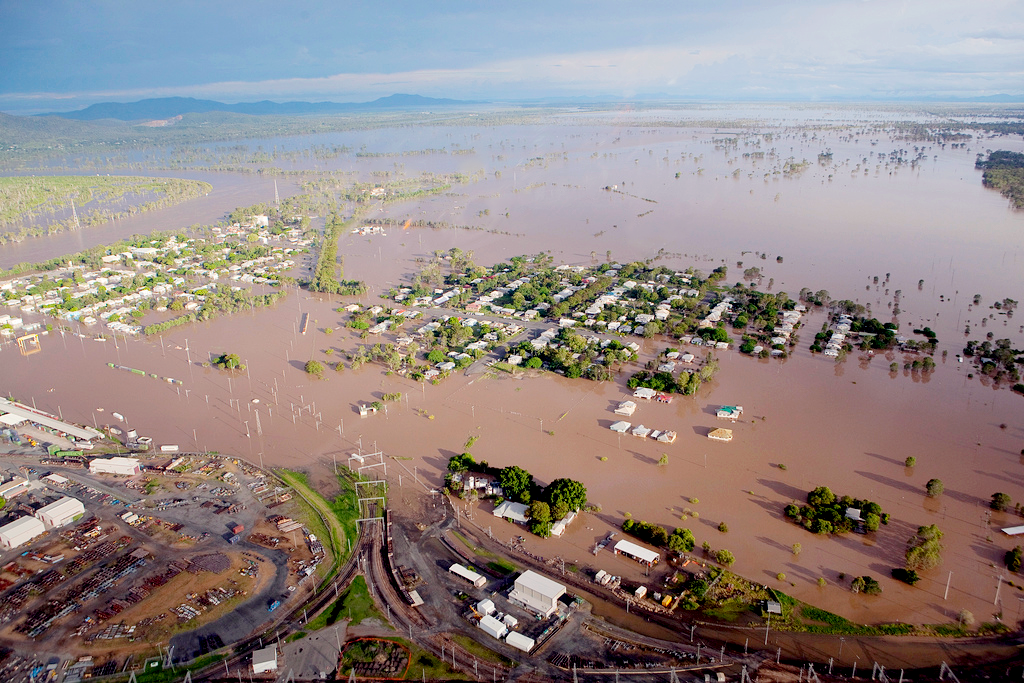Spend one dollar to save six: coastal resilience
by the numbers

1:6
Learn how the City of New Orleans is investing today in a network of canals and green infrastructure to mitigate flood risk and costs tomorrow.


01 02 03 04 05 06 07 08
01
02
03
04
05
06
07




The National Institute of Building Sciences claims that for every $1 spent on hazard mitigation, the US can save $6 in future disaster recovery costs.
Learn how the US Army Corps of Engineers is reducing the risk to the coastline near Galveston, Texas with a levee and floodwall system.
$1,000,000,000,000
Cost to US communities over the next decade if they fail to improve their infrastructure resilience, according to the World Bank.
Learn how Arctic warming alone will lead to global increases in sea levels, coastal erosion, storm impacts, and ocean and atmospheric warming.
3X
The rate at which temperatures in northern Canada are increasing compared to the global average, according to a Government of Canada report.
Learn how the Seychelles are adapting and developing resilience to climate change and its effects, safeguarding the sustainable development of the country.
600,000,000
Number of people in the world who live in coastal areas that are less than 10 meters above sea level, according to the UN, and another 1.8 billion live within 100 km (60 miles) of the coast. In total, a third of the world’s population can be helped through coastal resilience initiatives.
Learn how a Delaware wildlife refuge used 1.1 million cubic yards of sand to endure, adapt, and thrive in the face of future storms.
$306,000,000,000
Cost of natural disaster recovery in the US in 2017, the costliest year on record for weather and climate disasters, according to NOAA.
Learn about a Houston, Texas, Resiliency Innovation Workshop where participants highlighted current issues, anticipated future shocks and stresses, and generated out-of-the-box ideas to build a more resilient future.
Amount in funding that the United States Conference of Mayors required to improve resiliency in cybersecurity related to natural disasters and to tackle a growing backlog of flood protection and levee improvement projects.
$33,000,000,000
Learn more about Stantec’s coastal resilience experience, services, experts, and ideas.
Number of years Stantec experts have been creating resilient communities through coastal engineering and climate adaptation planning services. We are well-positioned to help you wisely invest one dollar today to save six tomorrow.
30


Learn how Queensland, Australia, redesigned and rebuilt 1,000 kilometres of critical road infrastructure following significant cyclones and flooding.
$226,000,000,000
Value of assets (in Australian dollars), including up to 274,000 residential and 8,600 commercial buildings, affected by a worst-case-scenario 1.1 metre sea level rise in Australia by 2100, according to the Intergovernmental Panel on Climate Change.

Rising sea levels. Catastrophic storms. Battered shorelines. What’s the measurable impact of climate change on our coastal communities, and how can we respond?
08
01 02 03 04 05 06 07
02
03
04
05
06
07
08
02
03
04
05
06
07
08
01
02
03
04
05
06
07
08
01
01
